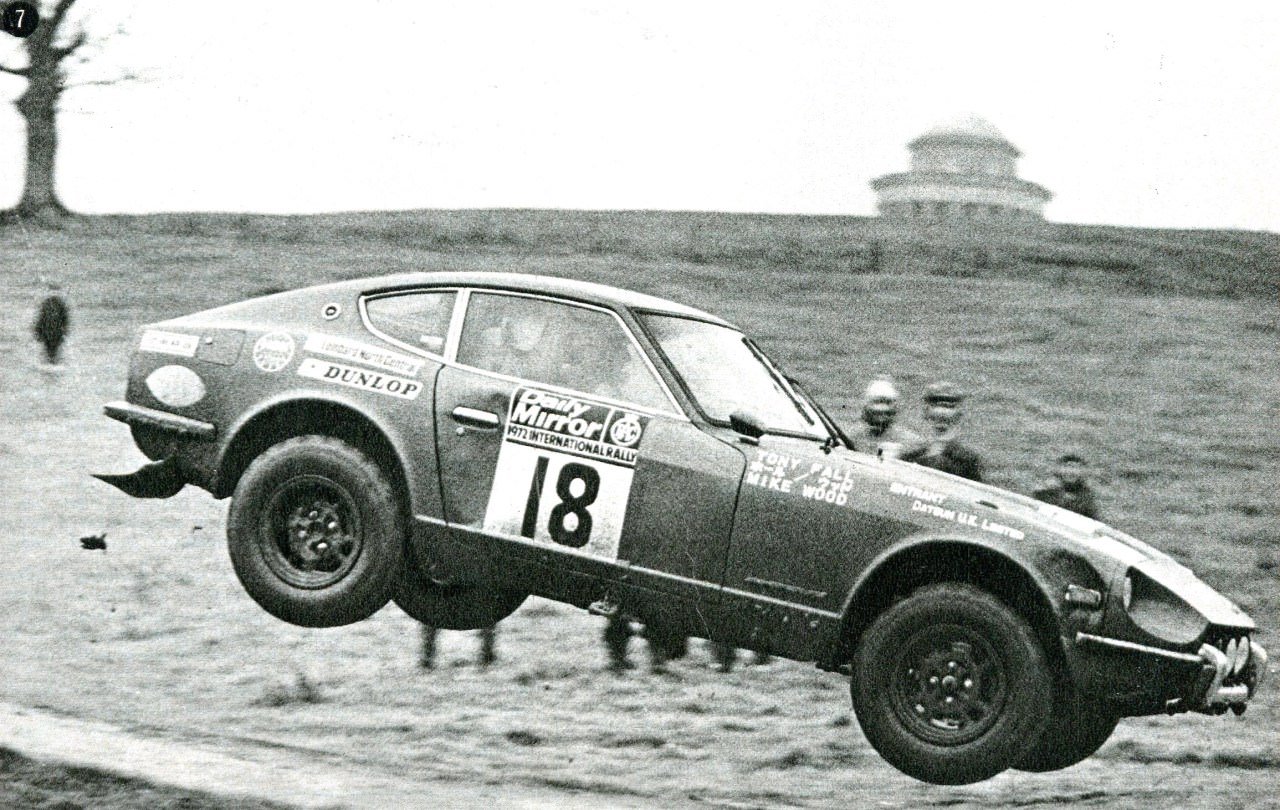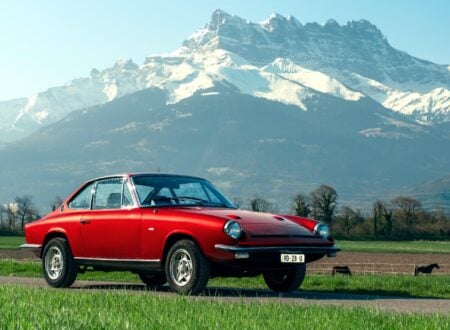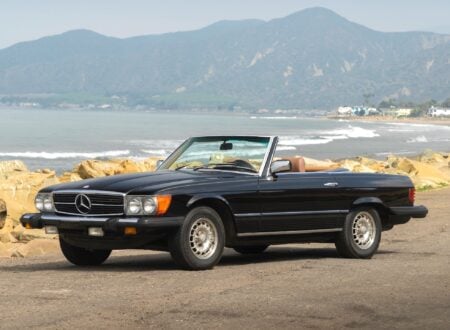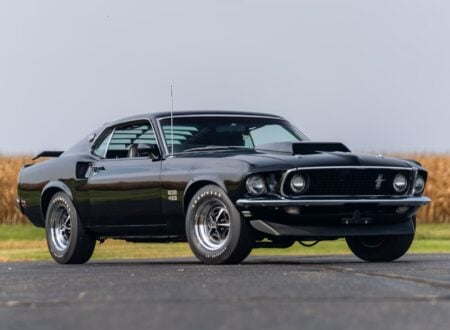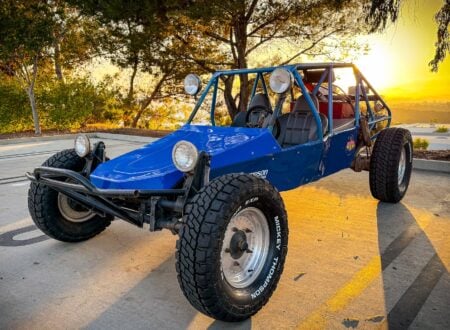Introduction: Mr. K the Datsun 240Z and the First of the “Z” Cars
The story of the Datsun 240Z begins on the race track, and it dates back to 1964 when the Prince Motoring Club was established by Dr. Sakuri of Prince Motors in the wake of defeat by a privately entered Porsche in the Japanese Grand Prix of that year.
Dr. Sakuri had his sights firmly fixed on victory in motorsport, and he sank Japanese-style deep thinking and analysis into his company’s efforts to achieve that success. In 1966 he achieved what he had aimed for with his cars obtaining first, second, and fourth places in the Japanese Grand Prix. It would be the last time his cars would race under the Prince name however as Prince Motors was bought by Nissan and all the technology developed by Dr. Sakuri and his engineers passed to Nissan – this included the engine technology that would find its way into the Datsun 510 and the 240Z.
Dr. Sakuri was a visionary and he remained at Nissan to continue development work particularly focused on racing. Nissan had been somewhat reluctantly drawn into motorsport in 1958 when executive Yutaka Katayama had persuaded the company to compete in the 10,100 mile Mobilgas Rally in Australia. Yutaka Katayama had correctly assessed this event as being an endurance trial with the primary aim being to finish the course.
It was an event that attracted huge publicity and in past years had featured a few larger than life characters such as “Gelignite Jack” Murray, who had a penchant for using a stick of gelignite as a fire-cracker when starting a new stage of an event. The two under-powered Datsun 210’s performed admirably gaining a first and fourth in class, and they finished the event while many others did not.
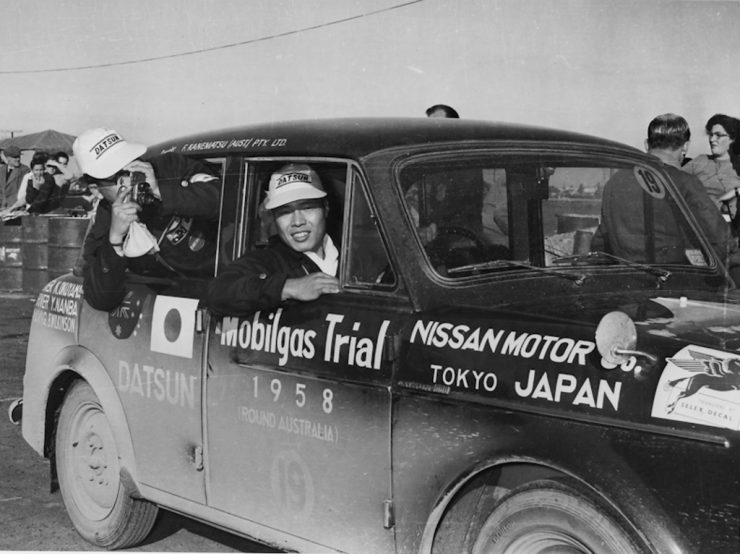
Nissan’s senior management were actually not particularly pleased that Yutaka Katayama had achieved such a notable success and so to “reward” him they sent him to Los Angeles in the United States in 1960 to do “market research” and work on establishing Nissan/Datsun in the US market in all likelihood fully expecting him to fail.
Yutaka Katayama got stuck into making a success of his new position and both assessed the car buying aspirations of Americans and made sure he understood the technological and expertise base Nissan/Datsun had, including that acquired when they purchased Prince Motors and the foundation work done by Dr. Sakuri.
In his young years Yutaka Katayama had gained some experience riding horses and this was to shape his ideas about car design and the cars that would have appeal to drivers. He once said:
“… After all, horses have to be controlled by humans. The rider needs to bring out the horse’s best and compensate for its weaknesses. Cars are the same. They become good cars if drivers handle them well. As a result, a driver can experience a sense of jubilation beyond all reason, sort of like adding one and one to get not two but, say, five or 10, which is the joy of driving a car that a driver can only feel if he and the car become like one. In any event, we’re not selling empty bodies called cars. Rather, we sell ‘driving performance’ or ‘a driving experience.’ We earn money by offering this driving experience to our customers. That’s why I persist in valuing the well spring that is the driving experience.”
This was unusual thinking but it was to be the key to Katayama’s impact on Nissan/Datsun and the cars they would make, cars that would transform the image of the company from that of a maker of cheap copies of British cars of indifferent design, to being a maker of cars which provided performance and a driving experience second to none.
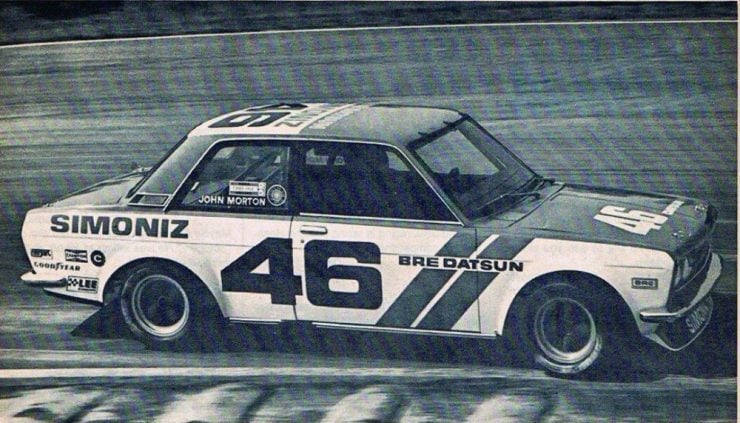
Yutaka Katayama became well respected by his staff at Datsun USA and by the technical staff who would come to visit and seek out what “Mr. K” as he became known was learning. Mr. K’s research and persistence in establishing a Datsun dealer network against the odds were remarkable achievements.
What was chiefly needed however were cars that would appeal to American buyers and Mr. K wisely advocated to the design team in Japan to build a real driver’s car. Japan heeded the call and the result was the groundbreaking Datsun 510 (aka Datsun 1600) of 1967. Incorporating a fully independent suspension and four cylinder SOHC engine based on Dr. Sakuri’s Prince six cylinder, effectively with two of the cylinders lopped off. The Datsun 510 was quickly nicknamed “the poor man’s BMW” and it was indeed a rival to the BMW “Neue Klasse” 1600, on which it had been loosely based.
The Datsun 510’s success vindicated Mr. K’s vision and it also paved the way for the creation of a sports car not modeled on the cars emanating from the British sports car industry, but instead a full blown sports car based on the Datsun 510. A sports car with that fully independent suspension and which featured an engine based on Dr. Sakuri’s Prince six cylinder with no cylinders lopped off – made to be a car that would give the Porsche’s a run for their money, the first of the “Z” cars, the Datsun 240Z.
The Datsun 240Z Arrives
The Datsun 510 had so delighted Mr. K that when he first drove one he then got everyone at Datsun’s US headquarters to drive one too. When the first Datsun 240Z arrived Mr. K was equally excited. Here was a sleek streamlined long nosed sports car with all the good features of the 510 but with a 2.4 liter six cylinder engine fitted with dual Hitachi SU-copy carburettors and boasting 151 hp.
At last Mr. K had the Datsun sports car he had dreamed of. There was just one teensy weensy little problem. The powers that be in Tokyo had decided to call the car the Datsun Fairlady 240Z. This no doubt had seemed like a perfectly sensible idea to the marketing people in Tokyo, in fact in Tokyo the name “Fairlady” had positive overtones. But Mr. K understood that to call the car “Fairlady” was a kiss of death in western markets such as the United States. It is said he personally went and removed the “Fairlady” badge from every car in that first shipment.
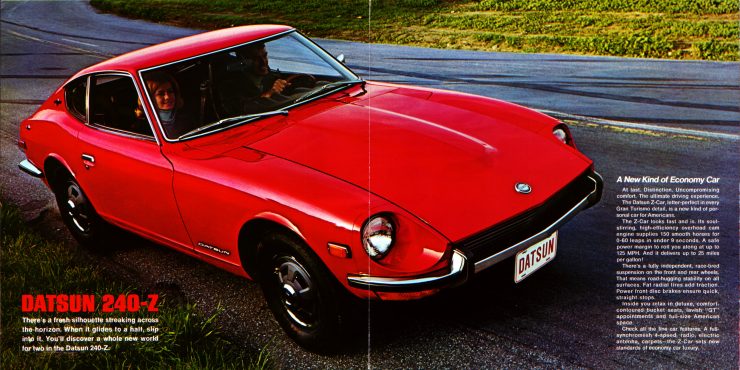
What’s in a Name? Datsun and the Miss Fairladies
The decision by Nissan’s management to use the name “Fairlady” stemmed from their having a good understanding of Japanese culture and the things that would be seen as prestigious in 1960’s Japan. Nissan had acquired a second and third floor showroom in Tokyo’s fashionable Ginza district, home of many prestigious brands, to give the Datsun marque a significant dose of Japanese “cool”.
To further this coolness factor Nissan’s marketing executives decided on having beautiful ladies trained in customer relations and with a high level of product knowledge to personally show the cars on display to customers. Because the Lerner and Loewe musical “My Fair Lady” was a hit on Broadway at that time they decided to call these car sales representatives “Miss Fairladies”.
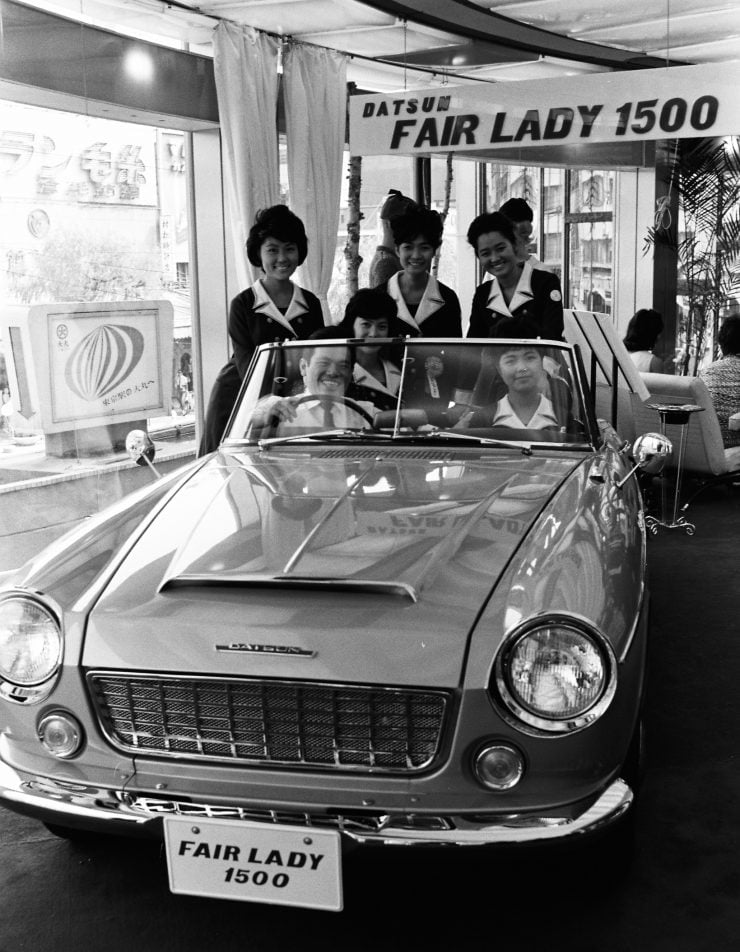
This name was used on the first Datsun sports car, the Fairlady 1500, and it was expected to carry this name onto the new 240Z. In Japan this would be well received – but in the somewhat different culture of the United States or places such as Australia this was pretty much guaranteed to go down like a lead balloon.
Thus it was that the 240Z cars sold in Japan retained their Fairlady name badges while the cars shipped to the US and Australia did not. Works prepared rally cars, such as those for the East African Safari Rally, wore “Fairlady” badges, and it is near certain that nobody actually noticed: its hard to read a name badge when a car is going past you at high speed, especially if its covered in dust or mud.
The 240Z Specifications and Performance
Although the Datsun 240Z was designed by Yoshihiko Matsuo and a Nissan team the real concept for the car came from Mr. K. He had been heavily influential in the design of the Datsun 510 on which the 240Z was based, despite the two cars looking very different. Mr. K envisioned a sports car that would have visual appeal like that of a Jaguar E-Type, with performance and handling that would match or outstrip its much more expensive competitors such as cars from Porsche and Alfa Romeo.
With its Datsun 510 heritage the 240Z set high standards – the body design was beautiful and universally well-received. Its front suspension was fully independent using McPherson struts with coil springs, telescopic shock absorbers, and an anti-roll bar. At the rear the suspension was also fully independent by Chapman struts with lower wishbones and coil springs with telescopic shock absorbers. For the all important steering the 240Z did not use the recirculating ball type steering of the Datsun 510 but instead was fitted with the much preferred rack and pinion system.
Brakes of the 240Z were 270mm (10.7″) discs at the front and 230mm (9″) drums at the rear. The choice of drums at the rear seems odd for a full blown sports car but in 1970 discs at the front and drums at the rear was the most common arrangement. This was normally chosen to ensure the most effective handbrake/parking brake, as discs can more difficult to set up as a parking brake.
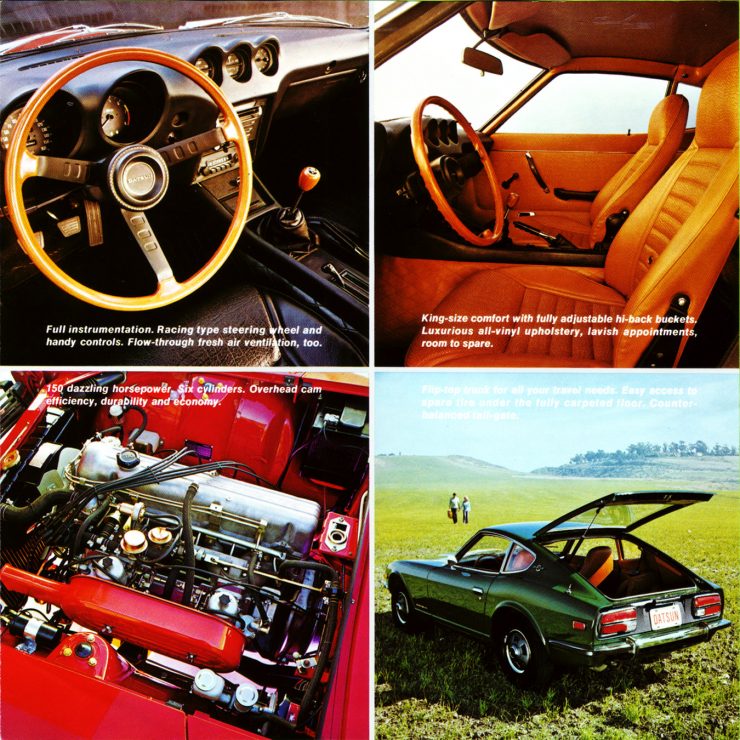
The 240Z was released in slightly different forms depending on market. In Japan the car was designated the Datsun Fairlady Z and was fitted with a 2.0 liter SOHC L20A in-line six cylinder engine producing 130 hp. There was also a performance model made, the Nissan Z432 (PS30) which was fitted with a DOHC 2.0 liter S20 engine which was also used in the Nissan Skyline 2000 GT-R. The Z432 engine was fitted with double valves (i.e. four valves per cylinder), triple carburetors, and produced 160 hp. Sales began in October 1969.
For the US market the car was called the Datsun 240Z and was made with a 2.4 liter SOHC L24 in-line six fitted with twin Hitachi SU-style carburettors and delivering 151 hp. US market cars were fitted with a four speed manual gearbox with a 3.364:1 differential. A three speed automatic transmission with a 3.545:1 differential was later made available. In the US the 240Z sold 45,000 cars in 1971, over 50,000 in 1972 and over 40,000 in 1973. It was a significant sales success.
For international markets such as Australia and Europe the 240Z was fitted with the 2.4 liter engine mated to a five speed gearbox with a 3.9:1 differential.
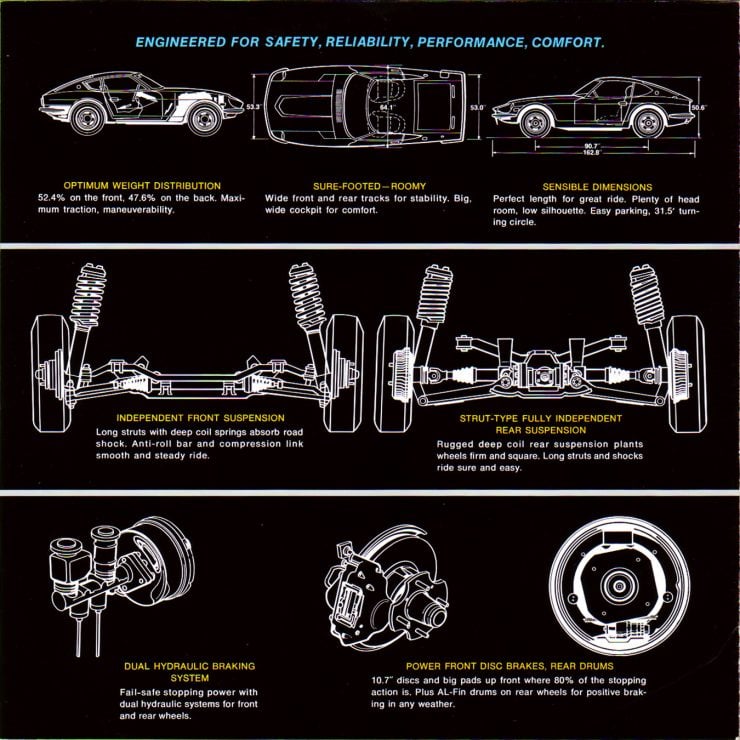
The 240Z in Racing and Rallying
Yutaka Katayama had people working at Datsun USA involved in motorsport from the early 1960’s, early in his time in charge of the US Datsun operations. The people working on Datsun’s motorsport efforts did the work in their own time. Initial efforts involved using a Datsun SPL212 roadster fitted with a tuned 1300cc engine.
The DPL212 was related to the early Datsun 1000 and similar to the under-powered cars Mr. K had used for the Australia Mobilgas Rally in 1958. But it was a starting point, and its worth remembering that many of motor racing’s greatest names had humble beginnings: for example both Bruce McLaren and Colin Chapman started out with modified Austin 7’s.
1964 was the year Datsun gained considerable public attention when a Datsun SPL310 “1500 Fairlady” campaigned by a Datsun dealer from Spokane named Paul Jaremko managed to win no less than 14 consecutive races. Bob Sharp, who would later become a Datsun dealer, got into the action and won Datsun’s first of many SCCA Championships in 1967.
1967 was also the year that Dick Roberts joined Datsun and with five others formed the Datsun USA Competition Department. Roberts philosophy, fully supported by Mr. K, was to make it as easy and affordable as possible for privateers to get into racing their Datsuns. Mr. K correctly reasoned that the more Datsuns that won races the better as it would greatly raise the brand’s public profile.
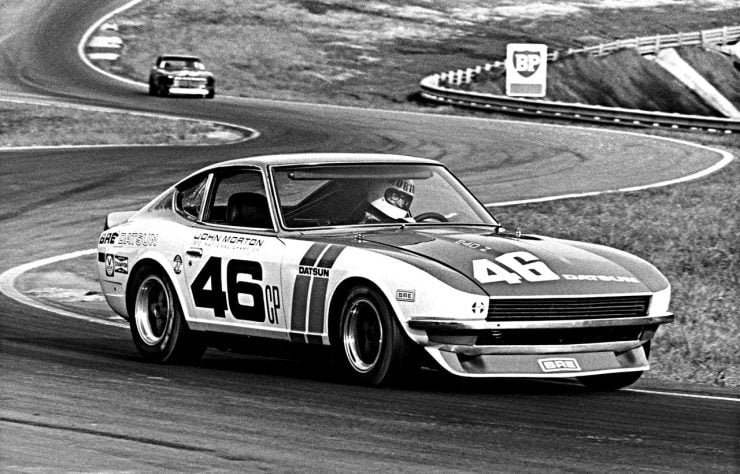
This was all timely as the Datsun 510 entered production in 1967 providing the newly formed competition department with a real competitive weapon, and a reason for Datsun to put money into racing it, they wanted the new car to sell, and it was the driving experience above all that would sell it in the United States. To get the 510 race cars up to competition standards SSS parts were imported and fitted to help turn these tame looking sedans into little race track bullets. The 510’s also provided the development of the expertise that would be needed when the 240Z arrived and it was being prepared for racing.
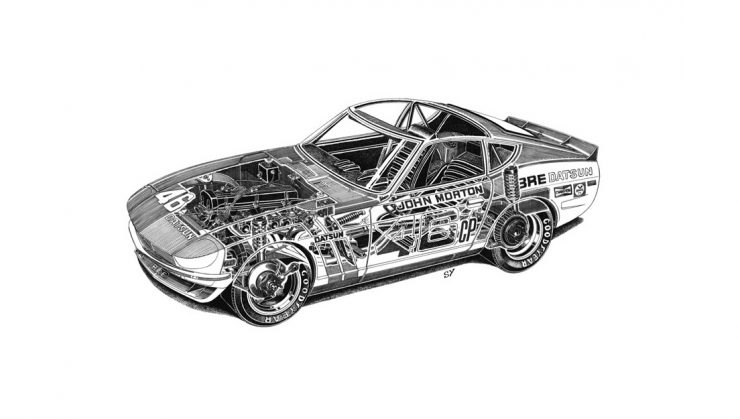
In 1970 the new Z car hit the showrooms and also the race track. In Japan a twin-cam Datsun Fairlady Z432 won the 1,000 km race at Suzuka circuit. Meanwhile in the United States Bob Sharp Racing and Peter Brock’s Brock Racing Enterprises began racing the new Z cars with championship victories in SCCA C Production in 1970, 1971, 1972 and 1973. Bob Sharp was the man who introduced Hollywood actor Paul Newman to auto racing, with Newman beginning in a Datsun 510 before moving up to a Datsun 280Z racing car in the mid-late 1970’s. The Z cars had arrived and made their mark in no uncertain way.
The 240Z’s successes were not solely limited to the race track however. The Z cars were campaigned in rallying, also with marked success. The Datsun 240Z was based on the Datsun 510, which became one of the world’s great rally cars.
Of the rallys the 240Z competed in perhaps the most arduous, and thus the most prestigious, was the East African Safari Rally. The event was inaugurated with the name “East African Coronation Safari” by Kenyan cousins Eric Cecil and Neil Vincent. Eric and Neil wanted to go racing but the sheer idea of going around and around the same race track seemed to them to be only slightly more interesting than watching grass grow. What they decided would be real fun would be a rally in which they would race half way across Africa and back again. Such an event did not exist back in 1953, so they created it.
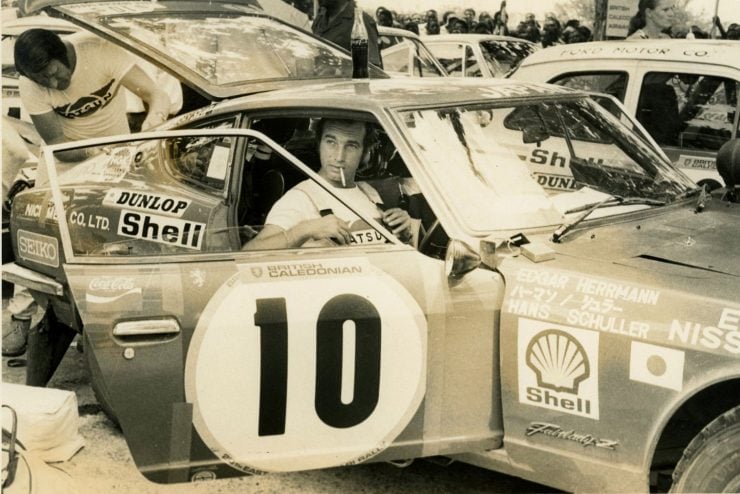
The 1953 rally began in the city of Nairobi in Kenya, and wound its way around Lake Victoria, then passing through Uganda and Tanganyika (Tanzania) before the return to Kenya. The journey was 3,852 miles long, and went over some of the roughest tracks one could ask a car to go. Not only that but the course took in altitude from sea level up to 10,000 ft, and temperatures from over 40 degrees C to below freezing. Just completing the course would prove to be an achievement and in the 1953 event of the 107 cars that started just 32 finished.
In 1970 Edgar Herrmann of Kenya and Hans Schüller of Germany won the prestigious East African Safari Rally in a Datsun 1600 SSS (i.e. Datsun 510) but they came back in 1971 in a Datsun 240Z and repeated their victory. In 1972 the event was won by Finnish driver Hannu Mikkola and Swedish co-driver Gunnar Palm in a Ford Escort, but in 1973 the Datsun 240Z was back on the winner’s podium this time having been driven by a Kenyan team Shekhar Mehta and Lofty Drews.
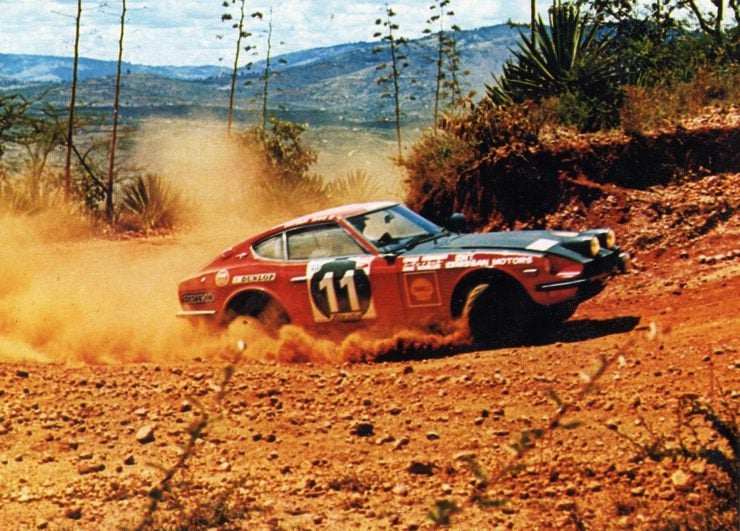
The Datsun 240Z would go on to rack up a remarkably impressive array of victories in both racing and rallying. It blended reliability, tweakability, speed and brilliant handling in an affordable package, backed up by Datsun’s competition support. That made it possible for many to go racing or rallying who might otherwise not have been able.
Conclusion
By the time the Datsun 240Z was superseded by the 260Z it had well and truly proved itself to be a “halo” car and it had given Datsun a very substantial dose of street cred. The Datsun Z cars would sell well and continue to make their mark in motorsport for many years to come. If the Datsun 510 can be described as “the poor man’s BMW” then the 240Z might well be described as “the poor man’s E-Type”.
Not only did the 240Z enable people to get into racing affordably, it also made the way for people to own a practical sports car and get all the enjoyment that can bring. Offered only as a hatch-back coupe the 240Z was a far more practical car than much of what was offered by the British, who were caught up in presumptions as to what a “proper sports car” should be, which for most British sports cars meant leaky in the rain, drafty, and temperamental enough to cause the owner to lose his/her temper as it drove them mental. The Datsun 240Z was a car that would start and run reliably, was relatively easy to fix or tweak, and made you feel like James Bond behind the wheel. No wonder they sold like hotcakes.
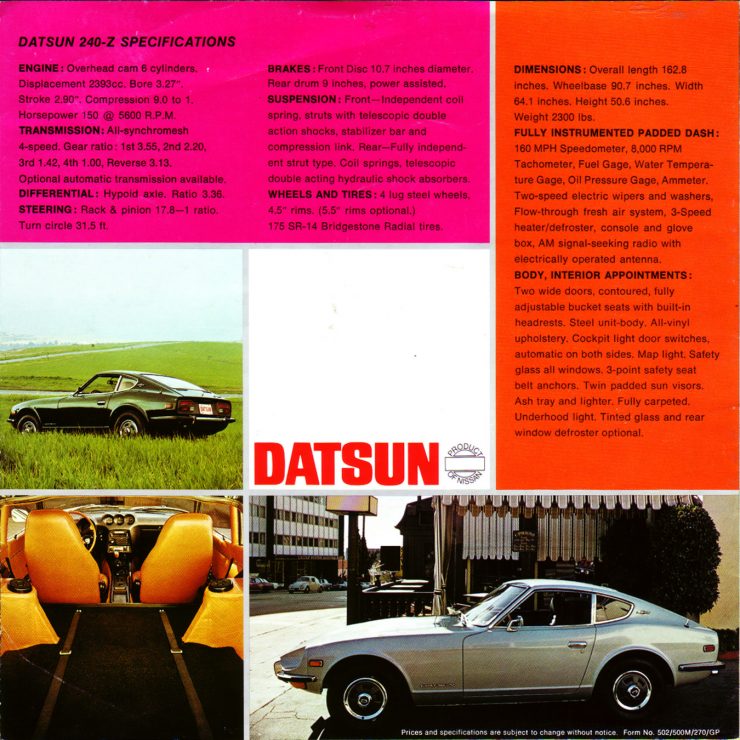
Photo Credits: Nissan/Datsun

